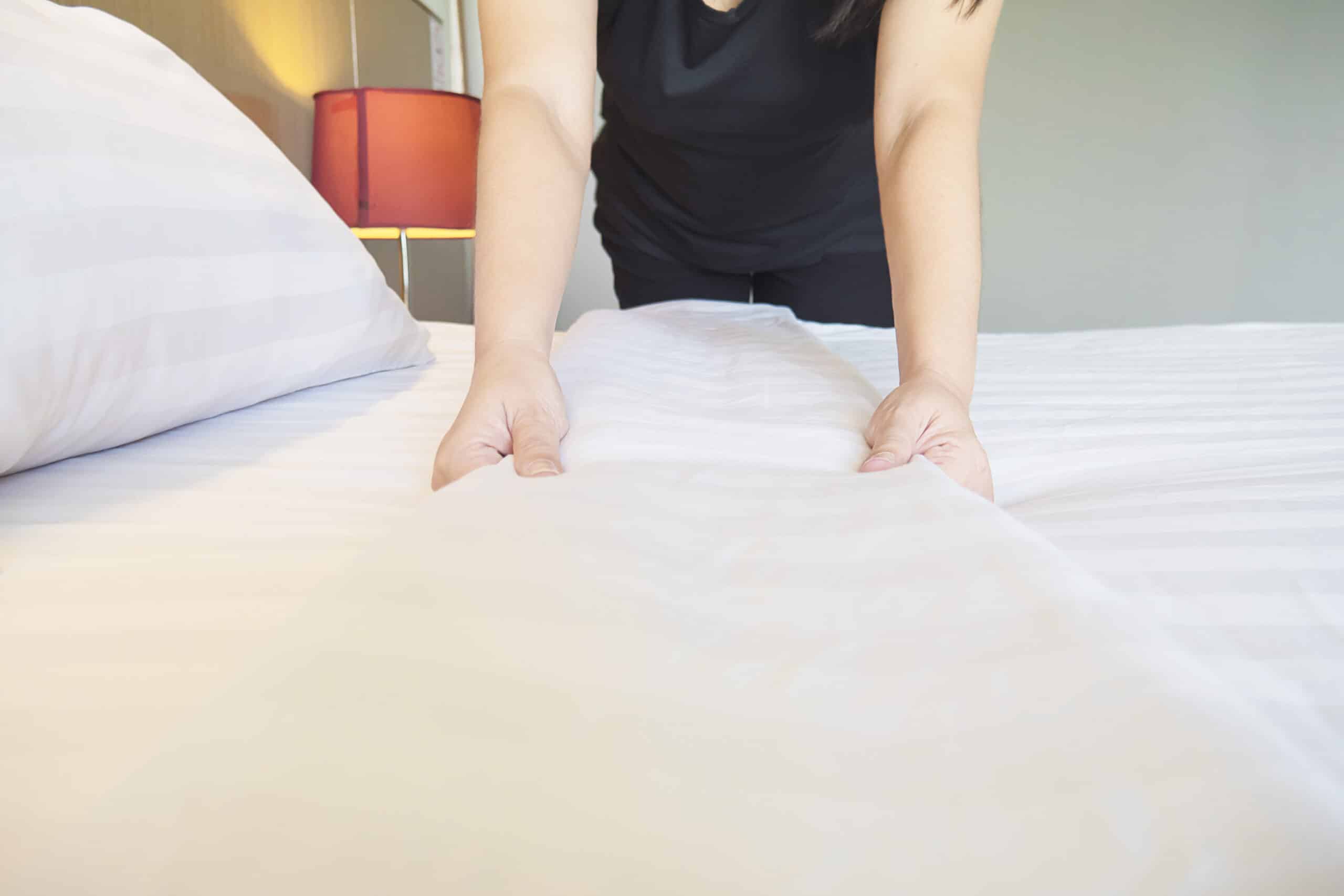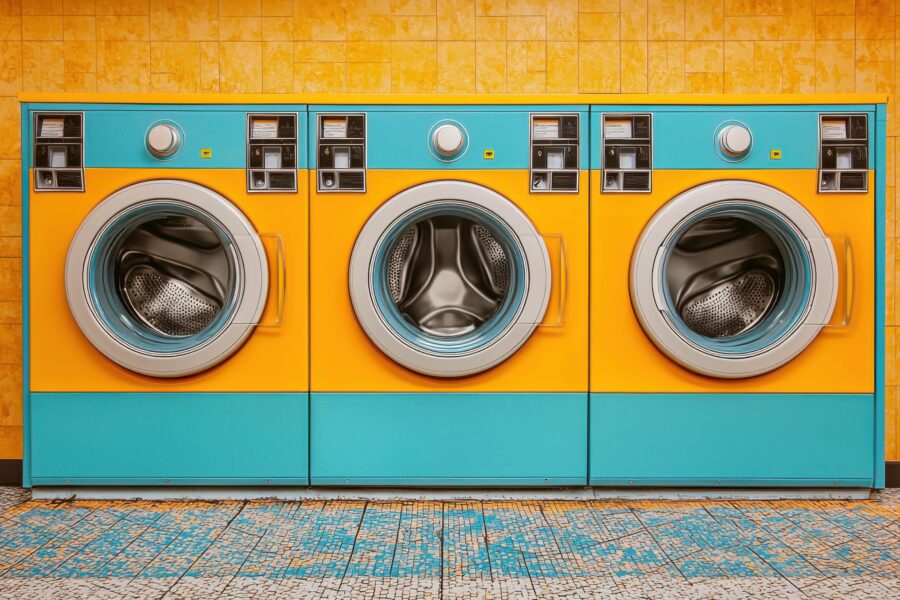When it comes to care home linen, comfort isn’t a luxury — it’s a necessity. The right bedding, towels, and fabrics don’t just look professional; they directly impact resident wellbeing and the daily experience of care staff. Selecting high-quality, durable linen can transform bedrooms, improve hygiene routines, and even extend the life of your laundry budget.
This guide explores what to consider when choosing the right care home linen — from material selection to durability — and shows how the right investment can make a lasting difference.
Why Care Home Linen Matters More Than You Think
Every resident deserves a clean, comfortable, and dignified environment. Soft, breathable bedding helps promote rest, while absorbent towels and dining linen make daily routines smoother for staff and residents alike.
But care home linen isn’t only about appearance or comfort. It must also withstand frequent washing, high temperatures, and daily wear. Cheap fabrics might seem economical, but they fade, pill, or lose softness quickly — forcing you to replace them more often. Over time, quality linen saves both time and money.
Material Matters: What to Look For in Care Home Linen
The fabric you choose determines comfort, durability, and maintenance requirements. Here are the key materials worth considering:
1. Polyester-Cotton: The Reliable All-Rounder
Polycotton linen blends the softness of cotton with the strength of polyester. It’s a favourite in care environments because it washes easily, resists creasing, and dries quickly — saving valuable time for laundry teams.
Polycotton sheets and pillowcases are also gentle against sensitive skin, making them ideal for residents who spend long periods in bed.
2. Fire-Retardant Linen: Safety and Comfort Combined
When safety is a priority, fire-retardant linen provides essential peace of mind. These fabrics are designed to meet UK safety standards, offering additional protection without sacrificing comfort.
Fire-retardant bedding is especially useful in higher-risk areas or rooms where extra precautions are required, helping you meet compliance expectations with ease.
3. Towels and Face Cloths: Everyday Comfort Essentials
Quality towels and face cloths make a huge difference in resident care routines. Soft, absorbent options like Able’s towels and face cloths dry efficiently and stay plush even after repeated washes.
Investing in a consistent towel range also helps staff maintain clear hygiene standards through colour-coding and organised stock rotation.
4. Machine-Washable Dining and Bedding Linen
For practicality, machine-washable bedding and dining linen is a must. These products are built for longevity, ensuring they retain shape and colour despite intensive laundering.
They also help maintain a sense of homeliness in dining and communal areas, creating a welcoming environment without excessive upkeep.
Comfort and Dignity Go Hand in Hand
Residents often notice the smallest details — from the feel of a sheet to the look of a dining cloth. High-quality care home linen contributes to comfort, but it also preserves dignity.
Imagine the difference between a crisp, well-fitting duvet cover and one that’s faded and rough. The former supports a positive care environment, while the latter can subconsciously signal neglect. When linen looks and feels clean, residents feel cared for.
According to GOV.UK’s linen processing guidance for adult social care, choosing the right fabrics and maintaining them properly plays a key role in creating a safe and comfortable environment for residents.
Choosing the Right Supplier for Care Home Linen
Not all linen suppliers understand the care sector. Working with a partner who specialises in care environments ensures you get fabrics designed for frequent use, not just domestic standards.
At Able, we source care home linen that meets the real-world demands of residential settings — durable enough for heavy washing cycles, but soft enough for resident comfort. Our team helps care home managers choose the most practical and cost-effective options for every room and requirement.
How to Choose Linen That Lasts
When reviewing options, think beyond the first wash. Look for linen that offers:
-
High thread counts for softness and strength
-
Easy-care finishes for reduced ironing
-
Shrink-resistant properties for consistent sizing
-
Colour stability to maintain a fresh, professional look
-
Certified safety standards, especially for fire-retardant items
It’s worth building a standard linen specification across your care home. This ensures all rooms have the same quality and reduces confusion for staff when managing stock.
Small Changes, Big Difference
Switching to better-quality care home linen doesn’t have to be overwhelming. Start small — replace worn-out sheets, upgrade towels, or introduce fire-retardant options in certain areas. Over time, these changes improve presentation, comfort, and overall resident satisfaction.
The goal is simple: a care environment that feels safe, welcoming, and professional every single day.
🗓 Book a Consultation
If you’d like expert guidance on upgrading your care home linen, we’d be happy to help.
Our team can review your current stock, recommend suitable materials, and provide samples for testing.
Book a consultation today and discover how small changes in your linen choices can deliver lasting improvements in quality, comfort, and efficiency.
FAQ’s about Care Home Linen
How often should care home linen be replaced?
It depends on use and laundering conditions, but most care homes replace bedding every 12–18 months and towels every 6–12 months to maintain quality.
Do care homes need fire-retardant linen?
Not every room requires it, but fire-retardant linen adds valuable safety in higher-risk areas and helps ensure compliance with care sector standards.
What colours are best for care home linen?
Soft, neutral colours promote calm and cleanliness, while colour-coded items (like towels) help staff maintain clear hygiene routines.
How can I make my linen last longer?
Follow the manufacturer’s washing instructions, avoid overloading machines, and rotate linen regularly to reduce wear.





